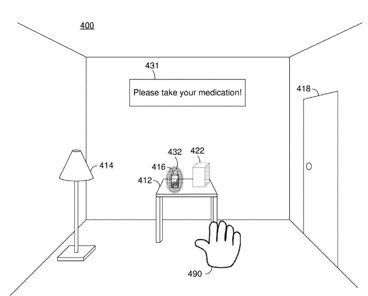Report: Apple pushed Intel to develop Light Peak cabling
Engadget reported the news first, based on "an extremely reliable source." The site said it reviewed evidence that Apple began talks with Intel in 2007 to develop a new cabling standard with the capacity to handle "massive amounts of data" and replace a variety of existing ports, including USB, FireWire, and DisplayPort.
The article said initial conversation and fleshing out of the Light Peak standard began between Steve Jobs and Intel CEO Paul Otellini. Apple expressed a need for a single port and that optical signaling made the most sense.
Apple is expected to incorporate Light Peak quickly and will use it to replace other legacy ports, much as it did with USB on the original iMac, albeit on a smaller scale. Engadget said that based on what it saw, it expects Apple to roll out the new connector on machines next fall, replacing existing ports for networking, display, and general peripheral use.
Within another year, it expects Apple to begin rolling out a low power version suitable for use in mobile devices such as the iPhone, iPod touch, and a version of the tablet device Apple is expected to bring to market early next year.
Light Peak uses optical rather than electrical signaling to achieve an initial throughput of 10Gbps ("you could transfer a full-length Blu-Ray movie in less than 30 seconds" Intel says). That's similar to high-end optical Fibre Channel or HDMI, and ten times faster than Gigibit Ethernet, more than twenty times faster than USB 2.0, and three times faster than eSATA/SATA 300. Within a decade, Intel expects to achieve speeds of 100 Gbps.
Unlike bulky copper cables (like HDMI), Light Peak achieves its speeds over fibre optic strands the size of a human hair. And unlike existing ports focused on solving a specific problem, such as USB for simple peripherals, DisplayPort for video, SATA for disk drives, and Ethernet for networking, Light Peak can handle multiple protocols over a single cable.
Replacing nearly all of the external ports on existing notebooks or mobile devices with Light Peak would enable a new generation of industrial designs without sacrificing features, as the MacBook Air had to do to achieve its thin outline. It would also enable users to run a single cable to an external display to provide video, audio, touch input, and peripheral expansion that included blazing network performance and high speed disk access.
In an introduction of the new standard, Intel explains on its website, "existing electrical cable technology in mainstream computing devices is approaching practical limits for speed and length, due to electro-magnetic interference (EMI) and other issues. However, optical technology, used extensively in data centers and telecom communications, does not have these limitations since it transmits data using light instead of electricity. Light Peak brings this optical technology to mainstream computing and consumer electronic devices in a cost-effective manner."
 Prince McLean
Prince McLean



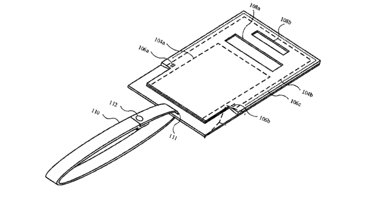






 Chip Loder
Chip Loder
 Wesley Hilliard
Wesley Hilliard
 Malcolm Owen
Malcolm Owen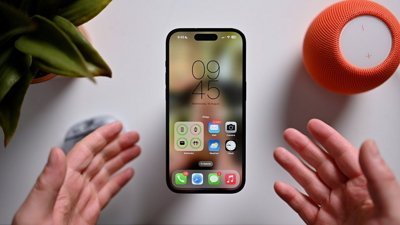
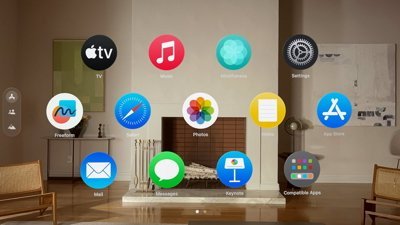

 William Gallagher
William Gallagher
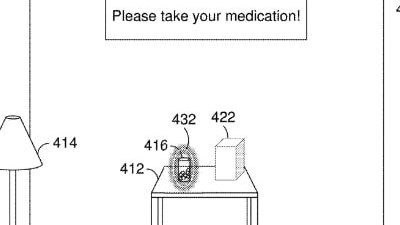
 David Schloss
David Schloss